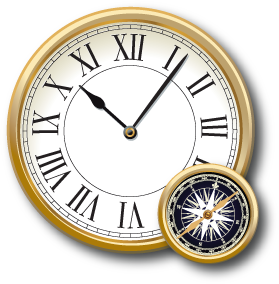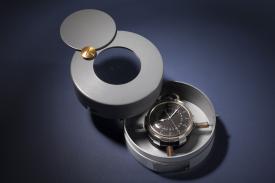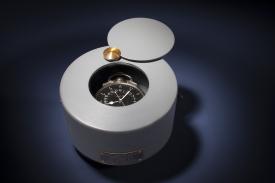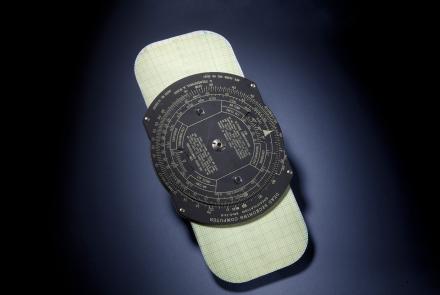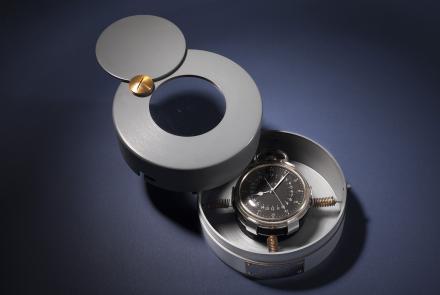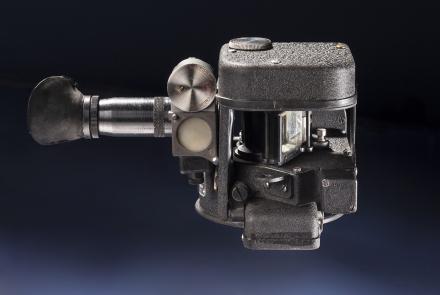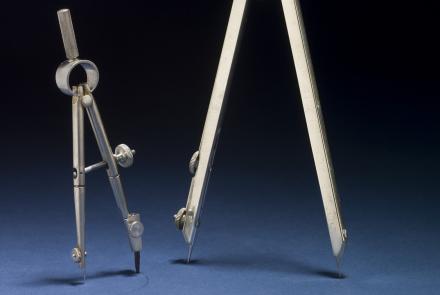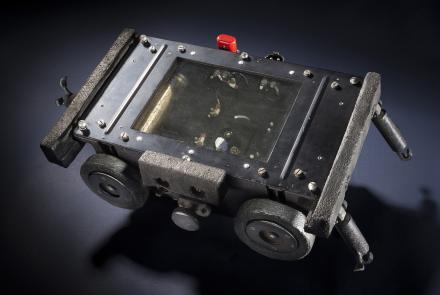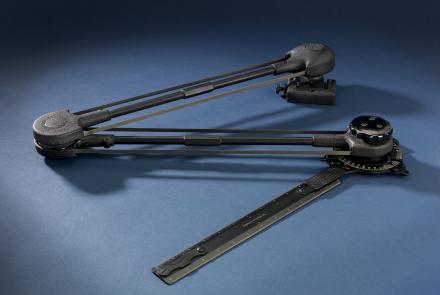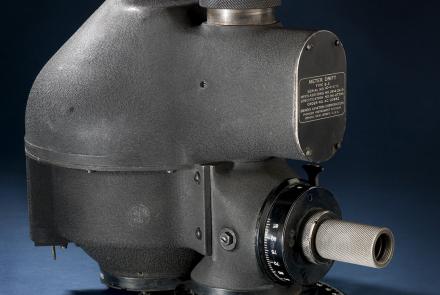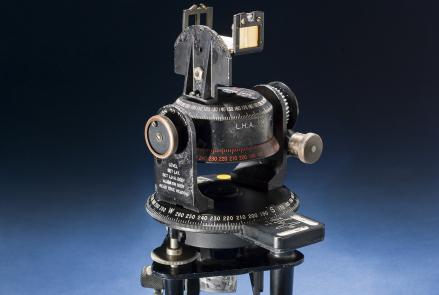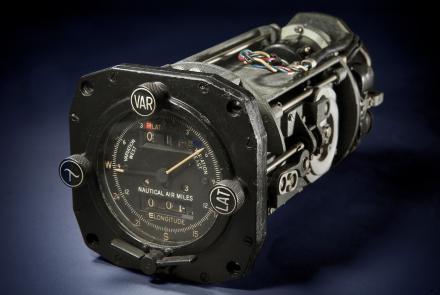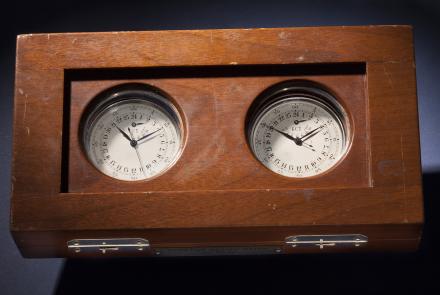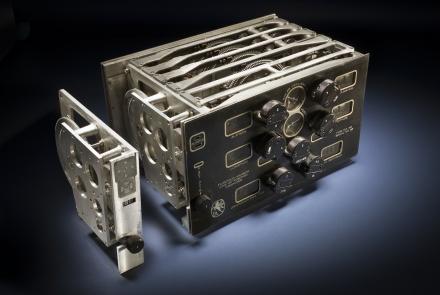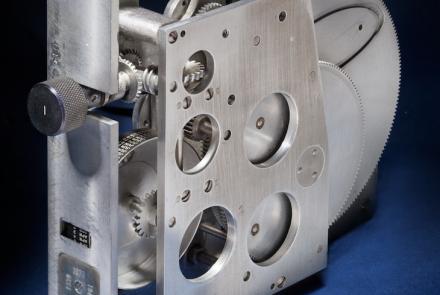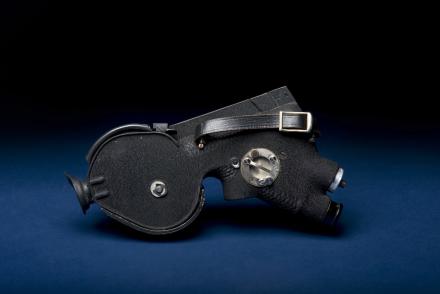Army Air Forces navigators in World War II benefited from a wide range of tools and equipment.
Many of the tools they used first appeared in simpler forms during the 1930s. Besides P. V. H. Weems and Harold Gatty, several other innovators deserve recognition for their contributions in developing the equipment that was essential to sustaining long-range air operations.
Albert Hegenberger did the most within the Army Air Corps in the interwar years to advance the state of navigational equipment. Thomas Thurlow worked hard on the eve of World War II to ensure that newly minted 20-year-old navigators had the training and experience in this equipment to perform effectively. And Curtis LeMay helped make the navigator an essential crewmember on bomber aircraft.
Here is a sample of what they used in their celestial and dead reckoning navigation.


